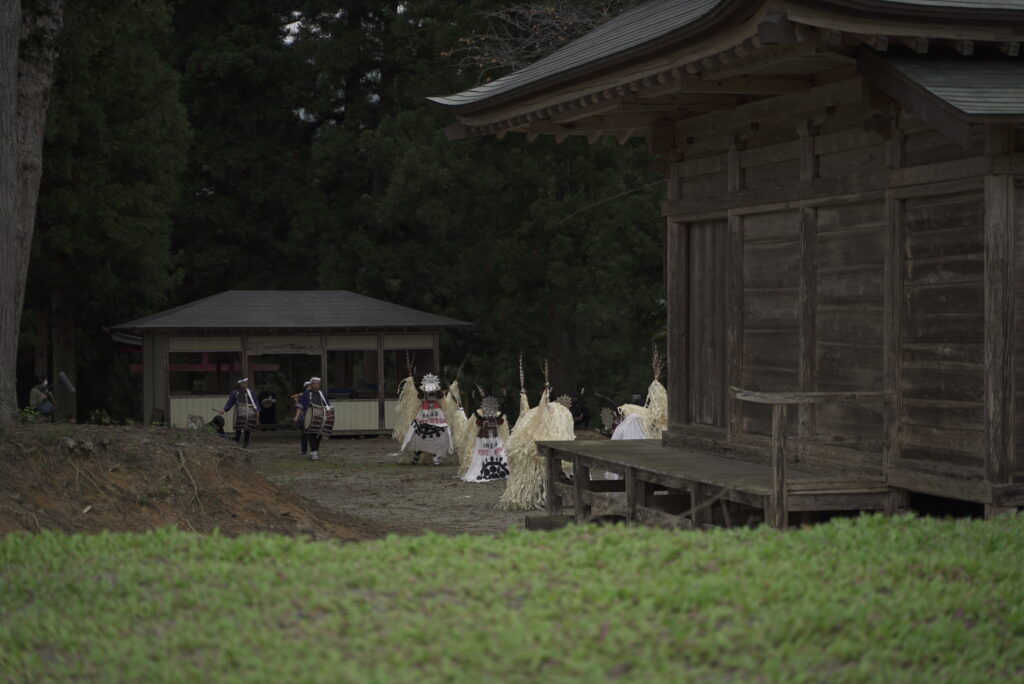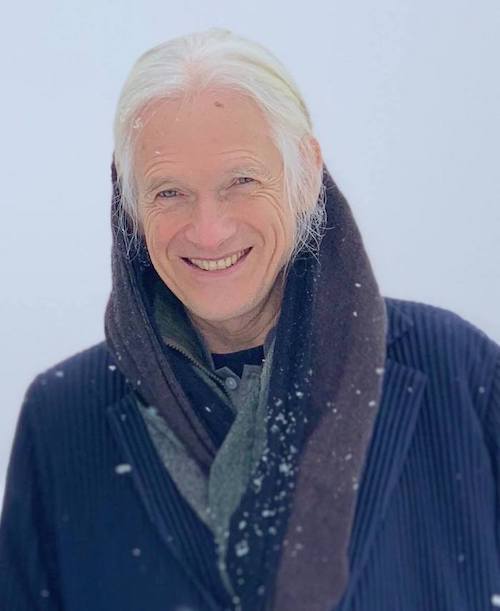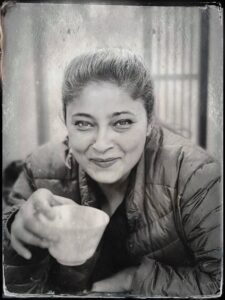
Have you ever visited Iwate Prefecture on vacation? If you haven’t, what do you think of when you hear the word “Iwate”?
Since last year, we, Art the Globe Inc. (AGI), have been involved in the marketing and promotion of the “Iwate, the Last Frontier” project.
This project is a co-creation project between a travel agency, a tourism community development corporation (DMC), and a tour operator in the Tohoku region. There is a reason why I asked at the beginning of this article. Before I got involved in this project, I had never visited Iwate outside of work, and I had only a vague image of Iwate Prefecture as being next to Miyagi Prefecture, having delicious seafood, and being in the Tohoku region.
However, now that I am involved in this project, my image of Iwate Prefecture has completely changed and it has become the NO.1 place I would like to move to. The personalities of the people who live in this region, the beauty that I feel as opposed to the threat of nature, the culture, traditions, and wisdom of life that is passed down in the region are too numerous to list. I now understand why Kunio Yanagida, the author of “The Legends of Tono (Tono Monogatari)”, was so particular about the Tono region in Iwate Prefecture.
According to a survey, the recognition of Iwate Prefecture in the inbound market is unfortunately not high.
This is where a co-creation project called “Iwate, the Last Frontier” was born. This project aims to “express the true charm of Tohoku (the spirit of respect for and symbiosis with the countryside, mountains, and seas)”, and by strategically planning with the right team in the right place, and through inter-regional business collaboration, we aim to increase the number of foreign visitors to the coastal areas of Iwate Prefecture, and to build a model for self-sustaining, community-driven tourism regions. The goal of this project is to increase the number of foreign visitors to the coastal areas of Iwate Prefecture and to build a model for the creation of self-sustaining, community-driven tourism regions, with the aim of realizing a peaceful society that “symbiosis and coexists with nature and others.”
Iwate, the Last Frontier website (English): https://lastfrontier.travel/
Last December, we, AGI, coordinated a media FAM trip*.
*Familiarization Trip (FAM Trip) is the abbreviation for “Familiarization Trip” and is also known as a preview invitation trip or a monitoring tour. (Reference: https://japanworldlink.jp/inbound-words/fam-trip/)
Here are the three main people who were invited as guests for this media FAM trip.
1) Mr. Everett Kennedy Brown
Photographer, born in the U.S., lives in Kyoto. Born in the US, lives in Kyoto.
Mr. Brown is a member of the family of the photographers who accompanied Commodore Perry to Japan at the end of the Edo period, and continues to take photographs on the theme of Japan. He is a contributing editor of the Kyoto Journal, a recipient of the Agency for Cultural Affairs’ Commissioner’s Commendation (Cultural Communication Category), a member of the Prime Minister’s Office and the Ministry of Economy, Trade and Industry’s Cool Japan Public-Private Expert Committee, and a cultural promotion counselor for various ministries and agencies. As a former resident of Iwate Prefecture in his youth, he has a special attachment to this region.
Photo ©️Nupur Singh

2) Mr. Norm Nakamura (Tokyo Lens)
YouTuber (photographer, shamisen player), born in Canada, lives in Asakusa.
Mr. Nakamura studied under the Yoshida Brothers(Japanese Shamisen musicians) for 6 years, and is currently active as a shamisen artist, as well as a Youtuber who produces, shoots and edits his own vlogs and documentaries on travel, Japanese music and various other topics throughout Japan. He has 160,000 followers. While many other YouTubers who focus on Japan tend to focus on the subjects associated with “THE Japan” from a foreign perspective, Norm has a deep knowledge of Japanese culture, having studied under the Yoshida Brothers of the shamisen. He has also produced many documentaries with profound messages.
Photo ©️Frame of Travel

3) Ms. Nupur Singh (Tokyo Weekender)
A Freelance writer for Tokyo weekender, and has contributed to various Indian and Japanese publications on travel and culture. Born in India, lives in Shibuya.
Tokyo Weekender (TW) is Japan’s oldest English-language lifestyle magazine, founded by Corky Alexander in 1970. The magazine was first published in 1970 by Corky Alexander, and is now published once a month instead of twice a month. It is distributed free of charge at embassies, foreign companies, luxury hotels, airports, and tourist information centers. (Wikipedia) TW is a free magazine targeting high-end readers, offering a wide range of topics such as travel information, product reviews, celebrity interviews, and domestic and international current affairs, not to mention introductions to the latest events and hottest restaurants.
Photo ©️Everett Kennedy Brown

This time, we visited Hachimantai, Tono, Kamaishi, and Hanamaki with these guests. With a through guide accompanying us for the entire tour and a local guide for each area, we spent time together experiencing the life and stories of each place, just like on the actual tour. At the end of each day, the guests, through guides, and local guides always gathered for a feedback session together. At these evening sessions, the guests used their expertise and experience to give us their frank opinions. They talked about the appeal of Iwate Prefecture from the perspective of a guest who has traveled all over Japan, what kind of community should be approached, how to utilize social networking sites, and other points that will be important as we move forward with the project.
In this way, I was able to reconfirm the importance of the enthusiasm and creativity that is generated when “people” with different backgrounds and specialties visit Iwate, meet and interact with the “people” of the land (the local area) and the “people” involved in the project, and exchange opinions. By learning new points of view through such opportunities, project members can avoid narrow-mindedness and realize that their “natural” points of view are hints for the future of the area. At this FAM trip, we reaffirmed this point and received hints and words of encouragement from the guests with warm feelings. We will continue to move forward one step at a time so that we can take what we have learned from these new connections to the next stage of the project.
Please follow us on “Iwate, the Last Frontier” Facebook and Instagram!
Facebook (https://www.facebook.com/IwatetheLastFrontier)
Instagram (https://www.instagram.com/iwate_the_last_frontier/)
Yoshiko Shrestha
Cover Photo ©︎Iwate, the Last Frontier

